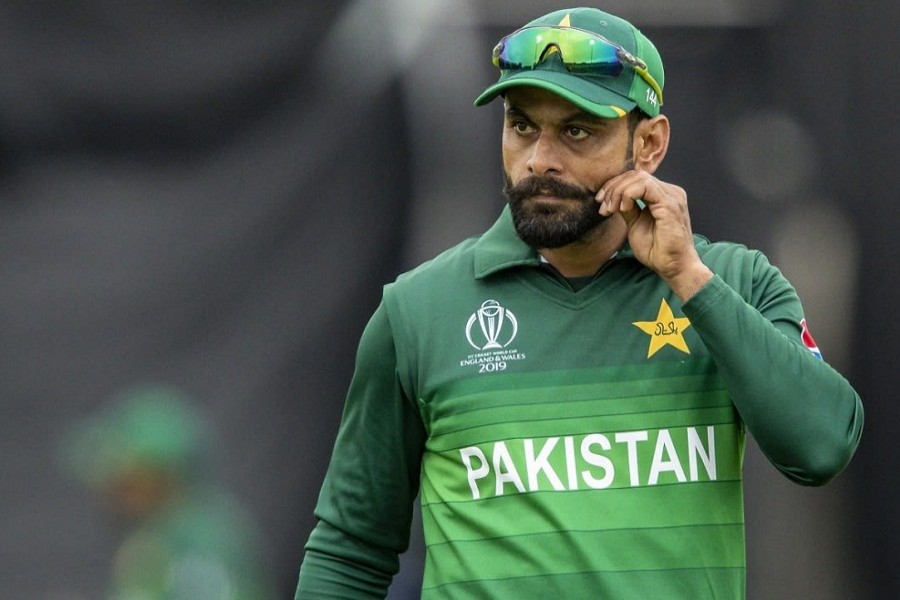Amidst all the highs and lows of Pakistan cricket in the last 18 years, one name remains constant. From manning the turbulent ship to doing his part quietly and going unnoticed, the man has done it all.
Mohammad Hafeez will be remembered as one of modern-day cricket's greats and his journey has been an interesting one.
An opener with a steady technique and range of orthodox shots in hand, Hafeez made his international debut after their forgettable exit from the 2003 World Cup.
His first notable success in international cricket came during the test series against Bangladesh, where he scored his first half-century and century.
However, he couldn’t really cement his spot and was in and out of the side quite often. This remained constant till 2010 when he returned to international cricket as a better batsman and bowler.
2 test centuries (including a then career-best 144), 3 ODI centuries and 2 T20I half-centuries in 2011 helped establish Mohammad Hafeez as Pakistan’s all-format opener. It was also the year in which he won 10 man-of-the-match awards and was named Pakistan’s vice-captain.
He soon got named Pakistan’s T20I captain and remained the shortest format’s captain till 2014. During this time, he equalled the records of most wins as a Pakistani captain in T20Is and most number of away series wins as a Pakistani captain.
The impact of Hafeez’s bowling could not be overstated. He went from being a part-time offspinner, in the early stages of his career, to a regular 5th bowling option.
One of the first players to regularly open the batting and bowling innings, Hafeez troubled left-handed batsmen frequently.
He even went on to top the ODI bowling ranking in 2012-13. As a result, ICC’s decision to suspend his bowling action in 2014 turned out to be a massive blow for his team.
This resulted in a slump in batting form and that paired with injury concerns resulted in him missing out on the 2015 World Cup.
Making a comeback after that, at the age of 35, seemed nearly impossible, but for the 'Professor of Pakistan cricket,' it was just another challenge to accomplish.
Because the team needed an experienced presence in limited-overs at the time, Hafeez started batting at 4. Even though this meant he was getting fewer runs, his strike rate had significantly improved. This also meant his woes against the swinging new ball was no longer a concern in two formats.
Hafeez’s bowling had to take a bit of a back seat after remodelling his action but he was still useful in small bursts. The result was there for all to see as Hafeez had a phenomenal 2015-16 in ODIs. Hafeez continued to open in tests, but seeing the noticeable decline in performance, he decided to hang his boots by the end of 2018.
After coming close in the 2007 WT20, Hafeez was part of an ICC tournament winning campaign for the first time in 2017.
His half-century in the final was instrumental in setting up the platform for a big win for Pakistan during the Champions Trophy in England.
Hafeez continued playing ODIs till the end of the 2019 World Cup, where he had multiple impactful performances, including a man-of-the-match winning 84 against eventual champions, England.
Despite several conflicts with cricket board members and questions regarding his ability to play at 41, Hafeez performed well enough in T20Is to get selected for the 2021 T20 World Cup. He proved his critics wrong by continuing to be a 3-dimensional cricketer and contributing to the team’s wins. Few players would leave fans disappointed or even surprised when retiring at 41.
Unlike most great players, Hafeez’s career cannot be well summed up by stats. The Asia Cup and Champions Trophy winning cricketer has been a team man, doing whatever was required from him, while never allowing age and fitness to catch up.
Fans can only hope that he continues contributing to cricket, off the field.


